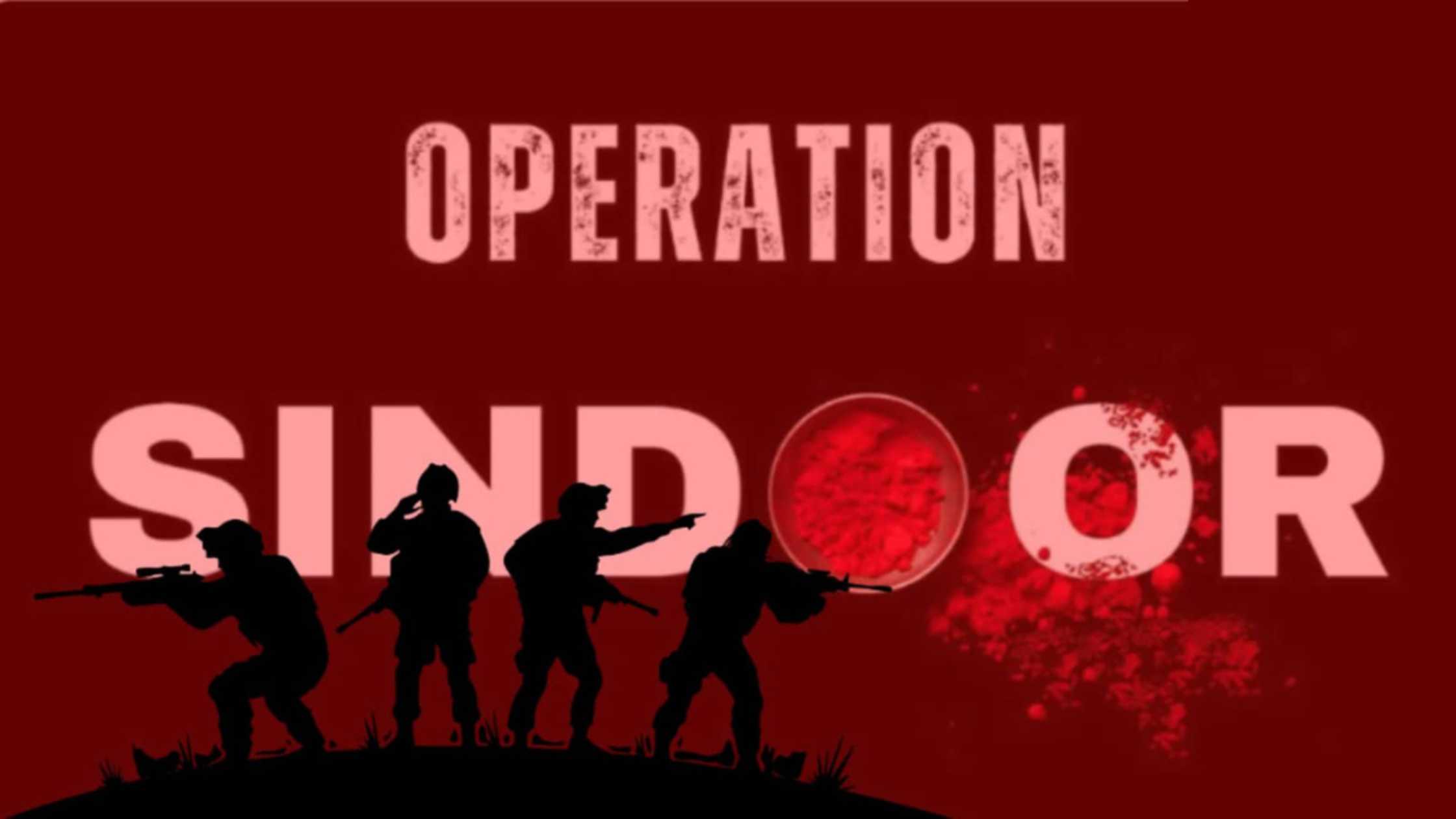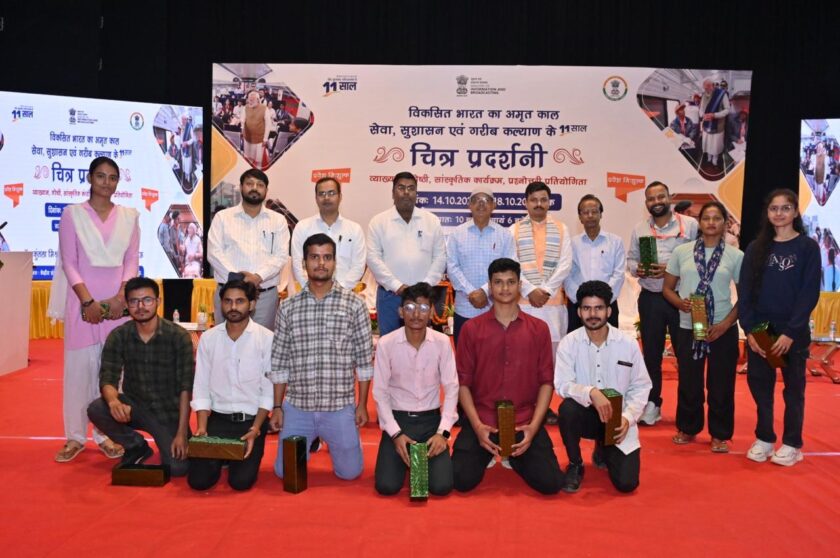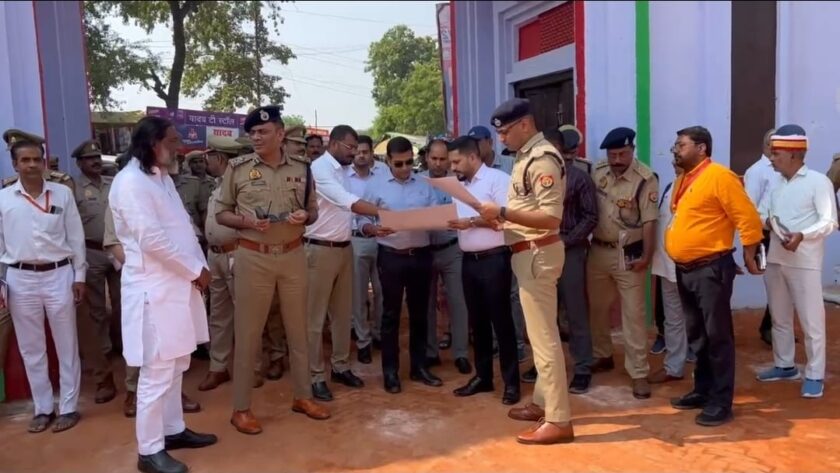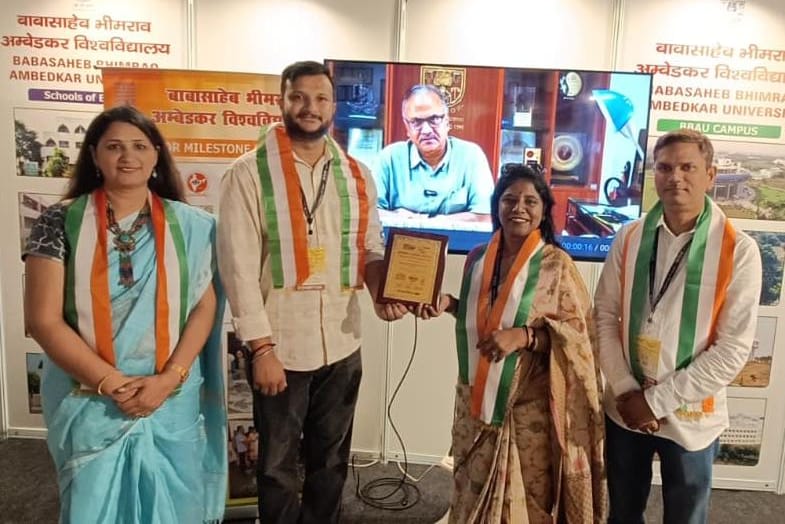By Commander Sumit Ghosh
On 7th May 2025, the Indian Armed Forces executed Operation Sindoor, a well planned and executed military operation in response to the April 22 Pahalgam terror attack that claimed 25 innocent lives. This operation marked a significant escalation in India’s counterterrorism strategy, targeting nine terrorist camps across Pakistan and Pakistan-occupied Kashmir (PoK), including those in the heart of Pakistan’s Punjab province. Operation Sindoor was characterized by its precision, speed, and strategic messaging. The operation was completed precisely in 25 minutes, utilizing advanced weaponry such as fighter jets with missiles, loitering munitions and Brahmos cruise missiles etc. ensuring minimal collateral damage. This swift operation exemplified the Indian Armed Forces’ adherence to the principles of war.
The Principles of War are not rigid rules but are fundamental guidelines that have shaped military strategy for many millennia. These provide a foundation for military strategy, emphasizing the importance of clarity, coordination, and adaptability while serving as a framework for commanders to plan, execute, and evaluate military operations effectively. The principles of war and their skilful application by our military during Op Sindoor are highlighted.


- Objective – Every military operation must be focused towards a clearly defined, decisive, and attainable objective. Without a clear objective, military actions can become disjointed and ineffective. India’s aim was to expeditiously dismantle Pakistani terror infrastructure responsible for cross-border attacks.
- Offensive – Offensive action allows forces to dictate the terms of engagement, keeping the enemy reactive rather than proactive. By maintaining the initiative, commanders can force the enemy into a defensive posture, gaining strategic advantage. Initiating a strong swift proactive strike to disrupt Pakistani terror operations was achieved.
- Mass – This principle emphasizes the need to apply overwhelming force where it will have the most significant impact, ensuring that efforts are not diluted across multiple fronts. Concentrating force at critical points to achieve decisive outcomes was achieved by overwhelming nature of strike on terror camps by chosen forces.
- Economy of Force – This principle advises judicious utilisation of resources, ensuring that no part of a force is left without purpose. It requires accepting prudent risk in selected areas to achieve superiority in decisive operations. Indian military allocated resources efficiently to hit the selected objectives without unnecessary expenditure of time or resources.
- Maneuver – Placing the enemy in a position of disadvantage through the flexible application of combat power. Maneuver involves movement to gain positional advantage, disrupt enemy formations, and exploit weaknesses. It requires agility and adaptability to respond to changing battlefield conditions. Executing swift, well-coordinated, night strikes ensured that Pakis could not respond effectively.
- Unity of Command – The Unity of Command prevents confusion and conflicting directives, enhancing operational effectiveness. Seamless coordination was ensured among the Indian Army, Navy, and Air Forces, and also among other paramilitary services showcasing brilliant joint operational capabilities.
- Security – All the security measures protect friendly forces and operations from enemy threats, preserving freedom of action. This includes reconnaissance, surveillance, and counter intelligence activities to detect and neutralize potential threats. Ensuring operational secrecy and surprise to achieve tactical advantage was maintained throughout. No information was disseminated about the Indian military planning, targets, launch timings, attack modes and forces being used etc.
- Surprise – Strike the enemy at a time or place or in a manner for which they are expected to be unprepared. Surprise can disrupt the enemy’s plans, create confusion, and provide a tactical advantage. Achieving surprise requires deception, speed, and unpredictability. Delayed response after 22nd April, launching Op Sindoor past midnight etc. caught the Pakis completely off-guard.
- Simplicity – Simplicity reduces the potential for misunderstanding and confusion, enabling swift and decisive action. In complex and dynamic environments, straightforward plans are more likely to succeed. Executing a straightforward plan with clear objectives and minimal complexity was the key for India’s success.
Operation Sindoor was extremely meticulously planned and executed. It successfully demonstrated our adherence to principles of war to achieve victory in conflict.
About Author:- Commander Sumit Ghosh is a former Indian Navy Officer. He writes regularly on International relations, strategic military and technology issues. He is an active member of the national think tanks USI, the CHAKRA Foundation and the STRIVE. He can be reached at sumit12in@gmail.com.






